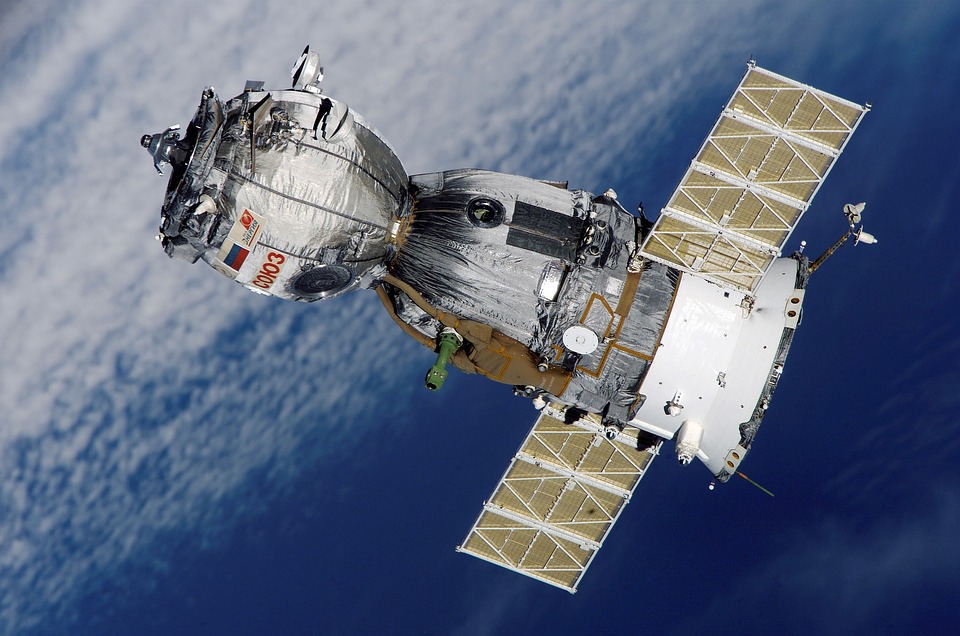As humanity stands on the brink of a new era of space exploration, artificial intelligence (AI) is emerging as a powerful ally in the quest to unlock the mysteries of the universe. From managing complex spacecraft systems to analyzing vast amounts of astronomical data, AI is reshaping how we explore the cosmos. This article delves into the innovative applications of AI in space exploration, the challenges it helps overcome, and the profound implications for the future of our celestial pursuits.
The Role of AI in Space Navigation
One of the primary applications of AI in space exploration is in navigation. Traditional navigation systems rely heavily on pre-programmed algorithms that can struggle in dynamic environments. AI-enhanced navigation systems, however, utilize machine learning and real-time data to adapt and optimize trajectories, which is crucial for missions involving planetary landings or maneuvering in unpredictable gravitational fields.
For example, NASA’s Autonomous Navigation System uses AI to process images from spacecraft cameras at incredible speeds, allowing it to identify landmarks and adjust course in real time. This capability was exemplified in the Mars 2020 mission, where the Perseverance rover autonomously navigated rough terrain, improving safety and efficiency.
Data Analysis and Interpretation
Space exploration produces an overwhelming amount of data, from telescope images to sensor readings from spacecraft. AI shines in its ability to analyze this data swiftly and accurately, identifying patterns and anomalies that would be impossible for human researchers to discern.
In exoplanet research, for instance, AI algorithms are utilized to filter through data from telescopes, categorizing potential candidates for habitability based on atmospheric composition and other parameters. Google’s AI team, in collaboration with astronomers, recently achieved significant breakthroughs in discovering new exoplanets by applying machine learning techniques to historical data.
Enhancing Robotics and Autonomous Systems
Robotics powered by AI are fundamental to modern space missions. Rovers, drones, and landers equipped with AI capabilities can perform complex tasks without direct human input. AI enables these machines to make decisions, adapt to changing conditions, and even conduct scientific experiments autonomously.
NASA’s Mars rovers, such as Curiosity and Perseverance, rely on AI to analyze soil samples and detect minerals. These rovers can assess their surroundings, make choices about where to explore next, and even send important findings back to Earth—all while operating on a planet where communication delays can be several minutes.
AI in Space Mission Operations
Mission planning and operations have historically been intricate and resource-intensive. AI is simplifying this process by creating predictive models that help mission planners optimize resources and schedule tasks effectively. By simulating various mission scenarios, AI can identify the most efficient paths and timelines, thereby reducing costs and increasing mission success rates.
Additionally, AI systems can provide insights into spacecraft health, predicting potential failures before they occur. For example, the European Space Agency (ESA) uses AI to monitor the health of its satellites, predicting when maintenance or adjustments are needed based on performance data.
Challenges and Ethical Considerations
Despite its significant advantages, the integration of AI in space exploration does present challenges. Concerns about data security, algorithm bias, and the ethical implications of autonomous decision-making are paramount. As AI systems become more autonomous, establishing guidelines for their use in critical situations is essential to prevent unintended consequences.
Moreover, the reliance on AI introduces questions about human expertise in space missions. Striking the right balance between human oversight and AI autonomy will be crucial in ensuring successful outcomes while maintaining accountability.
Future Implications and Beyond
As we look to the future of space exploration, the synergy between AI and human ingenuity is likely to yield unprecedented opportunities. From piloting missions to distant worlds to analyzing the depths of space-time, the potential applications of AI are vast.
Collaborations across international space agencies and private companies are paving the way for innovative AI-driven technologies that could lead to the colonization of other planets, enhanced understanding of dark matter, and even the search for extraterrestrial life.
Conclusion
AI is proving to be a transformative force in space exploration, enhancing our capabilities to navigate the stars more efficiently than ever before. By overcoming the limitations of traditional methods, AI is enabling us to expand our horizons, embark on ambitious missions, and deepen our understanding of the universe. As we harness the power of AI, we embark on a journey that could redefine what it means to be an explorer in the cosmos—a pursuit that may one day lead to answers about our place in the universe and the potential for life beyond Earth.


